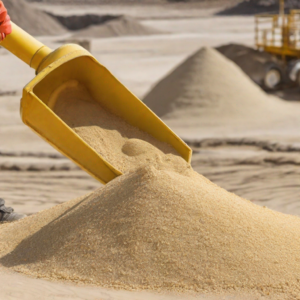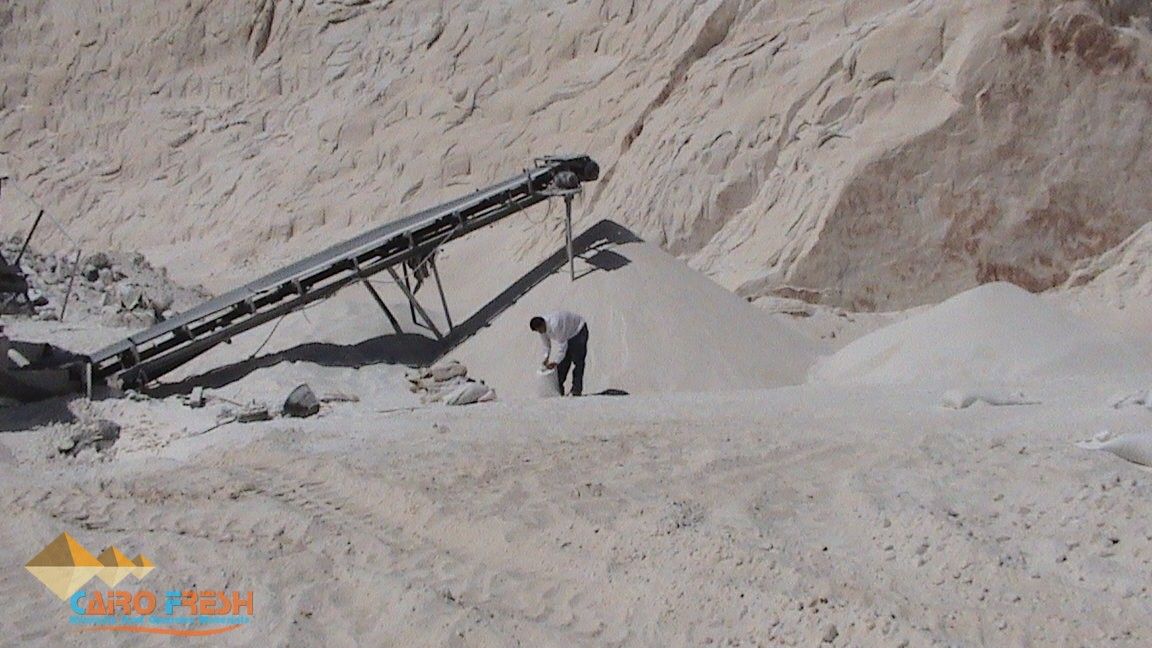Sustainable Silica Sand Extraction 
The Quest for Silica Sand: Unveiling the Extraction Techniques
Silica sand, an indispensable mineral with numerous industrial applications, has sparked a quest for its efficient and sustainable extraction. With increasing demands from various sectors, the spotlight shines brightly on the techniques and technologies that unlock the potential of silica sand. In this 1000-word article, we embark on a journey through the methods that drive this vital industry forward, shedding light on the processes that transform raw silica sand into valuable products.
Surface Mining: The Preferred Route
Efficiency and cost-effectiveness make surface mining the most popular approach for silica sand extraction. Surface mining offers a straightforward pathway to accessible deposits, rendering it the go-to choice for the majority of silica sand mines worldwide. Let’s explore the two main techniques comprising this approach.
Open-Pit Mining: A Vital Component
Open-pit mining represents the most extensively utilized surface mining technique. Its applicability flourishes when dealing with deposits situated close to the earth’s surface. Overburden removal marks the first stage in open-pit mining. By clearing away the uppermost layers of soil, sand, and other unwanted materials, miners gain exposure to the prized silica sand deposit beneath. Subsequent to exposure, heavy machinery takes center stage, carefully extracting the silica sand.
Dredging: An Underwater Adventure
When submerged deposits are at play, dredging assumes the role of a pivotal technique within surface mining. Rivers and lakes hold secrets beneath their waves, harboring abundant reserves of silica sand. Dredging unlocks these hidden treasures by deploying suction or mechanical methods, extricating sand from aquatic environments. Following extraction, the sand travels to specialized facilities designed to ready it for further processing.
Processing: Refining Nature’s Treasure Trove
After extraction, silica sand enters the realm of processing, where it’s subjected to rigorous treatments aimed at elevating purity levels and tailoring its characteristics to cater to specific needs. Industrial requirements dictate the appropriate processing route, either wet or dry. Delving deeper, we’ll discover how each method enhances nature’s gift.
Wet Processing: Precision Craftsmanship
Wet processing epitomizes precision craftsmanship within the silica sand landscape. It caters explicitly to industries prioritizing superior quality and exceptional purity levels, such as glassmaking and water filtration. Minuscule particles receive individual attention throughout this process, ensuring harmonious consistency. The journey commences with water-assisted separations, allowing finer particles to disengage from their larger counterparts. Assorted particles now set sail toward their dedicated endeavors.
Dry Processing: Energy Efficiency’s Ally
Embracing environmental stewardship while respecting production targets, dry processing proudly presents itself as an eco-friendly alternative. Dry processing represents a resourceful response when water conservation policies take precedence or, conversely, when mother nature generously bestows low-moisture silica sand deposits. Prolonged reliance on non-aqueous methods does not compromise quality; instead, energy efficiency receives a well-deserved boost. Screening, sorting, and post-processing treatments all occur sans water involvement, culminating in an end product whose features align with intended applications.
In conclusion, silica sand’s versatility springs to life thanks to the diverse array of extraction and processing approaches highlighted herein. These time-tested methods ensure consistent delivery of premium-grade silica sand to industries eagerly awaiting its arrival. As technology evolves, innovative breakthroughs will undoubtedly enrich our current understanding of sustainable mining practices, further elevating efficiencies and minimizing ecological footprints. We eagerly anticipate witnessing the transformative impact of cutting-edge advancements on the future of silica sand mining.
Silica sand, a mineral with countless industrial applications, is in high demand. However, its extraction must be done responsibly to minimize environmental impact. This article explores the various techniques and technologies used in sustainable silica sand extraction, showcasing the industry’s commitment to environmentally friendly practices.
Hydraulic Mining: A Powerful Method
Hydraulic mining, also known as hydrosuction mining, is a powerful technique used to extract silica sand from underground deposits. High-pressure water jets break up the sand, creating a slurry that is pumped to the surface for further processing. This method is especially effective for deep, underground deposits.
In-Situ Leaching: An Environmentally Friendly Alternative?
While not a common practice for silica sand extraction, in-situ leaching (also known as solution mining) shows promise as an environmentally friendly alternative. By injecting a leaching solution into the deposit, the silica sand dissolves and is pumped to the surface. Although still in its early stages, this method could potentially reduce waste and energy usage.
Reducing Environmental Impact: Sustainable Extraction Practices
As the demand for silica sand increases, so does the need for sustainable extraction practices. Many initiatives and technologies have emerged to minimize the environmental impact of silica sand extraction.
Land Reclamation and Rehabilitation: Restoring Natural Beauty
Mining companies recognize the importance of preserving natural habitats and ecosystems. Land reclamation and rehabilitation efforts involve restoring mined areas to their natural state, reintroducing native vegetation and wildlife. Such measures contribute to long-term environmental health and community engagement.
Water Recycling: Reducing Water Consumption
Minimizing water usage in silica sand extraction and processing is crucial for environmental sustainability. To achieve this goal, closed-loop water treatment systems have been developed to conserve water resources and decrease the overall environmental footprint of mining activities.
Advanced Dust Control: Protecting Worker Health and Community Wellbeing
State-of-the-art dust suppression technologies are being implemented to tackle air quality issues. By controlling airborne dust particles, mining operations improve air quality, safeguarding both worker safety and the wellbeing of neighboring communities.
Renewable Energy: Harnessing Green Solutions
Adopting green energy solutions is critical for reducing mining operations’ carbon footprint. Companies are investing in solar and wind power to power their operations, alongside implementing energy-efficient machinery and processes. These moves towards sustainability position the silica sand industry at the forefront of environmental leadership.
Conclusion: Balancing Demand with Sustainability
Sustainable silica sand extraction strikes a balance between meeting industrial demands and protecting the environment. By continuously developing new technologies and practices, the industry commits to responsible land management and the preservation of ecosystems. Together, we can ensure a stable supply of high-quality silica sand for years to come while minimizing environmental impact.
For more info please don’t hesitate to contact us.







